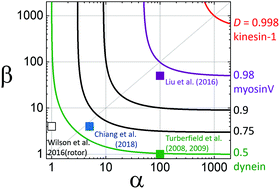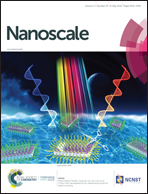Track-walking molecular motors: a new generation beyond bridge-burning designs
Abstract
Track-walking molecular motors are the core bottom-up mechanism for nanometre-resolved translational movements – a fundamental technological capability at the root of numerous applications ranging from nanoscale assembly lines and chemical synthesis to molecular robots and shape-changing materials. Over the last 10 years, artificial molecular walkers (or nanowalkers) have evolved from the 1st generation of bridge-burning designs to the 2nd generation capable of truly sustainable movements. Invention of non-bridge-burning nanowalkers was slow at first, but has picked up speed since 2012, and is now close to breaking major barriers for wide-spread development. Here we review the 2nd generation of artificial nanowalkers, which are mostly made of DNA molecules and draw energy from light illumination or from chemical fuels for entirely autonomous operation. They are typically symmetric dimeric motors walking on entirely periodic tracks, yet the motors possess an inherent direction for large-scale amplification of the action of many motor copies. These translational motors encompass the function of rotational molecular motors on circular or linear tracks, and may involve molecular shuttles as ‘engine’ motifs. Some rules of thumb are provided to help readers design similar motors from DNA or other molecular building blocks. Opportunities and challenges for future development are discussed, especially in the areas of molecular robotics and active materials based on the advanced motors.

- This article is part of the themed collection: Recent Review Articles


 Please wait while we load your content...
Please wait while we load your content...